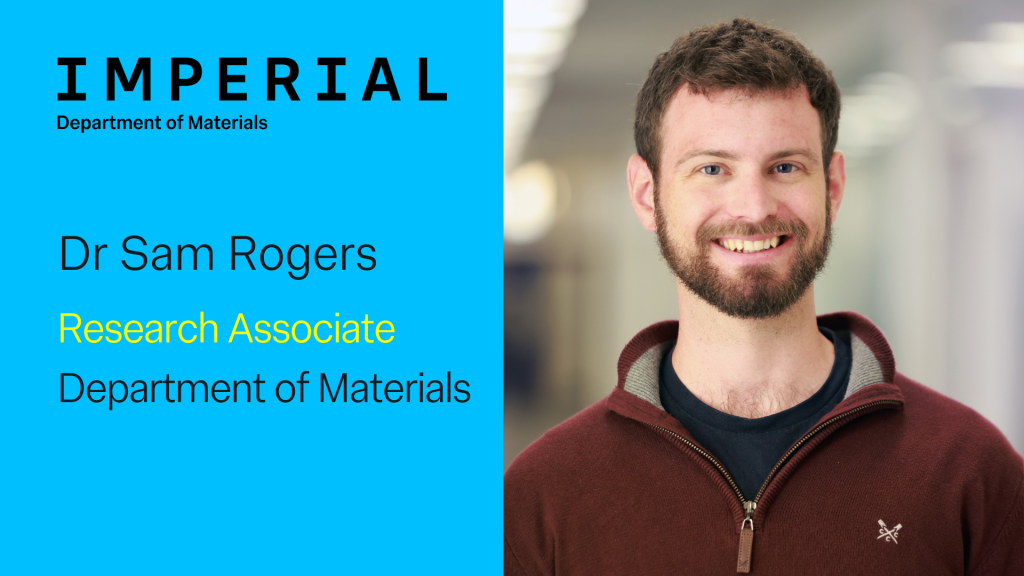
Dr Sam Rogers is a Research Associate in the Department of Materials, having first joined the department as an undergraduate student in 2013. His research focuses on alloys for aerospace and nuclear applications. In this new blog post, he shares more about his research, why it’s important and how this research could make an impact.
What inspired you to become a Materials Scientist?
I’ve always enjoyed figuring out how things work, and then problem-solving off the back of that, and Materials Science is all about that! Whilst the length scale we look at is typically very small, they can have profound effects. For example, if we add some chromium and nickel to steel, we make stainless steel, which won’t rust. These are the kinds of problems I’ve always enjoyed figuring out and which I now enjoy working on!
How would you explain your research to someone outside the field?
The fundamental question which my work is based is ‘how can I make the best alloy (metallic mixture) for a specific application?’ Typically I research materials for aerospace and nuclear applications, but the process is the same for any application, which makes it very versatile, and it’s nice a simple: it’s a bit like baking a cake! Alloy development is figuring out what ingredients (elements) we need for the right flavour (whatever properties we’re interested in!), whilst process development is figuring out the instructions we need to make our cake (alloy!). Another way to think about it is the modern equivalent to blacksmithing!
Why did you study this area and why is it important?
When I began studying materials science, I most enjoyed the modules related to metals and alloys, and I love the fact that simple concepts can be brought together in interesting and new ways to make new materials. As we continue to come up with new ideas for technology and machines, we need materials which will be suitable for these applications, in addition to improving the existing materials we use. In addition, we want to be able to recycle more materials than we have in the past, but first we need to figure out the technology and processes that will enable us to do this.
How could this research make an impact?
The outcome of my present work is focused on further improving safety in nuclear systems by reducing our use of cobalt alloys. Given the increased reliance on nuclear power in Europe and beyond, it’s important that we do all we can to ensure safety in and around nuclear systems under any circumstance.
Another portion of my work is to improve the materials we use in jet engines, primarily to improve component lifetimes. By improving component lifetimes, we need to manufacture less of a given component, which can help reduce energy consumption. When scaled up to all flights used, this can make a big saving in total!
Who do you collaborate with at Imperial and beyond?
My chief industrial collaborators are Rolls-Royce, and I also work with various universities in the UK and across Australia.
What do you enjoy most about what you do?
I particularly enjoy the problem-solving part of my job, coming up with solutions to problems that others haven’t yet been able to solve!
What do you enjoy outside of research?
Outside of research I really enjoy music – both playing and listening to it, and also playing video games! I’m also really involved in my church and love getting stuck in there!
What’s something your colleagues would be surprised to learn about you?
I can ride a unicycle!
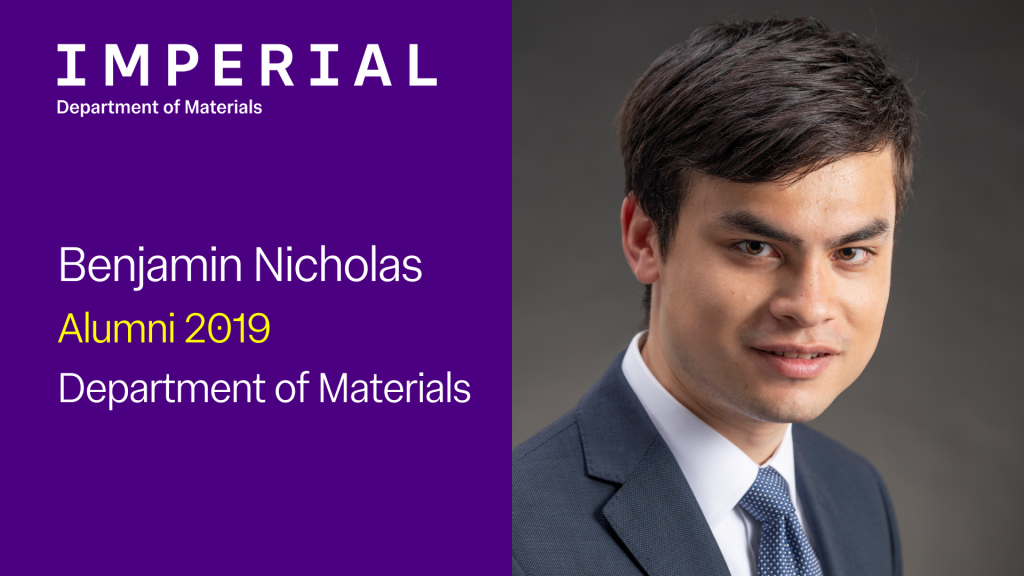
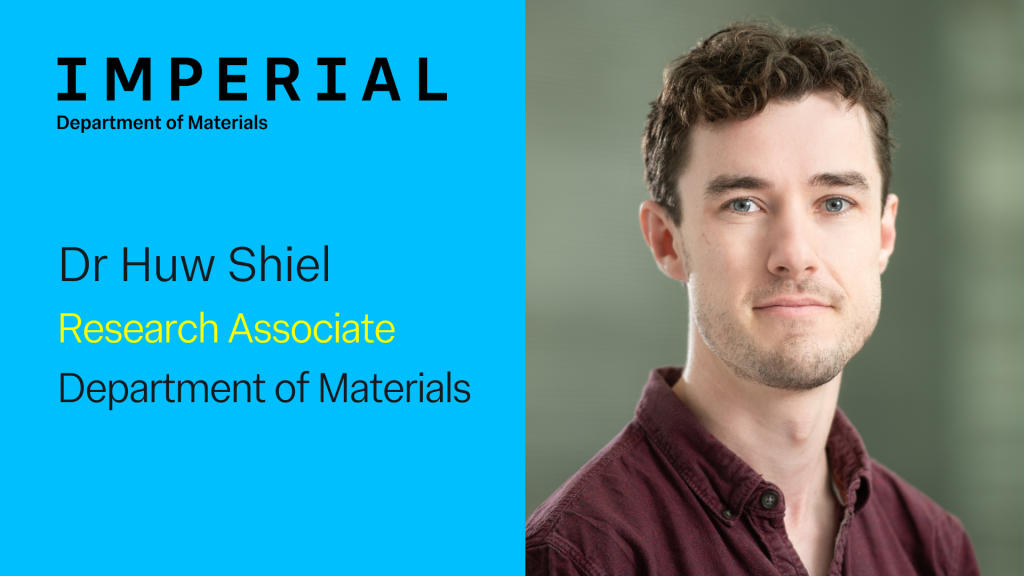
 Batteries and other energy storage solutions are critically important right now because, while solar and wind power are becoming very economically viable, they only provide intermittent power, and batteries are needed to level out this supply. The current lithium battery technologies use very unsustainable materials and the best alternatives just don’t have the same performance or lifetime. If we can understand how they degrade, then we can find ways to improve them.
Batteries and other energy storage solutions are critically important right now because, while solar and wind power are becoming very economically viable, they only provide intermittent power, and batteries are needed to level out this supply. The current lithium battery technologies use very unsustainable materials and the best alternatives just don’t have the same performance or lifetime. If we can understand how they degrade, then we can find ways to improve them.
 I have always been interested in the energy sector and completed research placements during my bachelor’s and master’s on organic batteries and solar cells. During the last year of my master’s, I became more interested in the materials science of the active layers in the devices than in the device fabrication, which had been my main interest until then. It fascinated me how you can shape the device, but it felt a bit like skipping a step not knowing well how the materials in it are oriented and interact. Deciding what the right use for a material depends on its structural and functional properties feels more natural to me and can lead us to targeted and informed device fabrication, so that is how I got into characterisation.
I have always been interested in the energy sector and completed research placements during my bachelor’s and master’s on organic batteries and solar cells. During the last year of my master’s, I became more interested in the materials science of the active layers in the devices than in the device fabrication, which had been my main interest until then. It fascinated me how you can shape the device, but it felt a bit like skipping a step not knowing well how the materials in it are oriented and interact. Deciding what the right use for a material depends on its structural and functional properties feels more natural to me and can lead us to targeted and informed device fabrication, so that is how I got into characterisation.


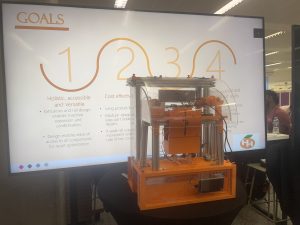

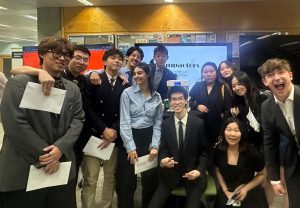 What did you learn?
What did you learn?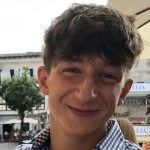
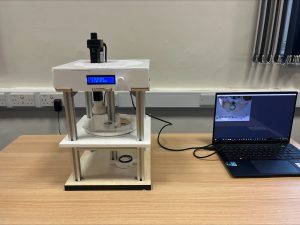 During the project, I learnt a lot about leadership in a large team and how
During the project, I learnt a lot about leadership in a large team and how 
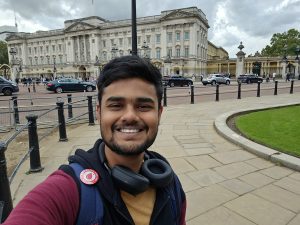 exploration and entertainment
exploration and entertainment
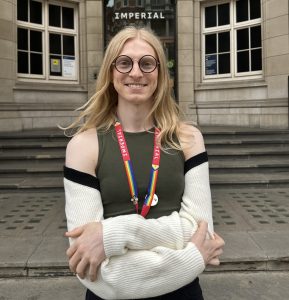
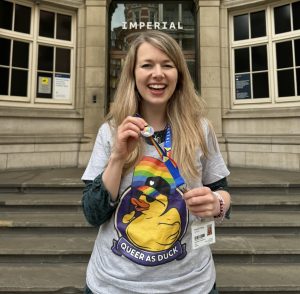
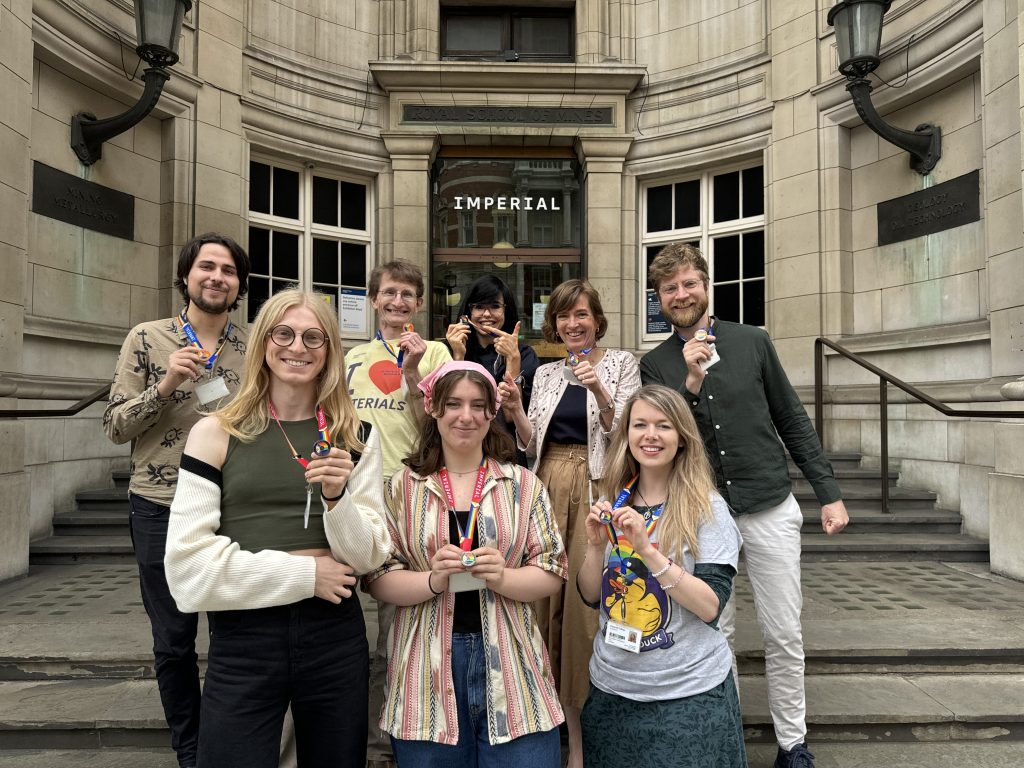

 One of the top reasons I enjoy studying Material Science and Engineering at Imperial is the mix of coursework and exams within the degree program. I’m currently going strong in my second year (I hope!) and I have already completed over ten labs, where I’ve conducted interesting experiments like polymer synthesis and cooling curve measurement.
One of the top reasons I enjoy studying Material Science and Engineering at Imperial is the mix of coursework and exams within the degree program. I’m currently going strong in my second year (I hope!) and I have already completed over ten labs, where I’ve conducted interesting experiments like polymer synthesis and cooling curve measurement. It is always exciting when what you learn connects with the real world. During my summer internship at SKF Sweden, I saw and applied many skills from my first year. The sample preparation skills I learned came in handy when I cut, ground, and polished various bearing samples. My understanding of steel phase diagrams also allowed me to hold insightful conversations with the company’s heat treatment expert. Now in my second year, many things that I didn’t understand before are becoming clearer and clearer.
It is always exciting when what you learn connects with the real world. During my summer internship at SKF Sweden, I saw and applied many skills from my first year. The sample preparation skills I learned came in handy when I cut, ground, and polished various bearing samples. My understanding of steel phase diagrams also allowed me to hold insightful conversations with the company’s heat treatment expert. Now in my second year, many things that I didn’t understand before are becoming clearer and clearer. 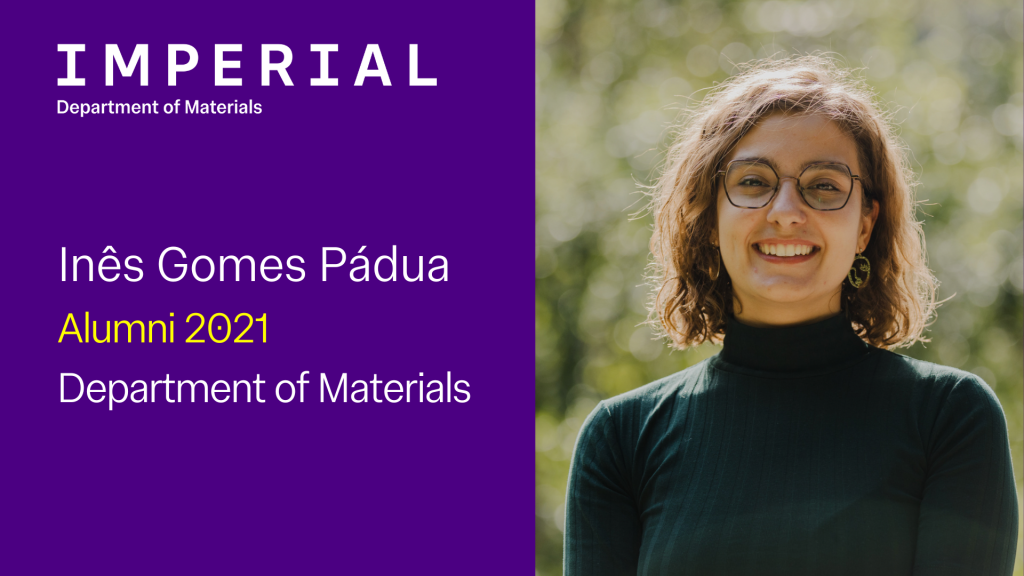
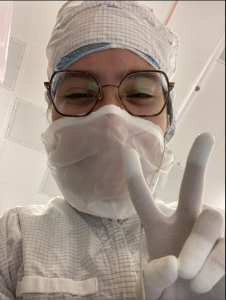 I first became interested in Materials Science and Engineering because I wanted to understand what makes certain things more fragile than others or more susceptible to breaking and failure! This is only the smallest part of Materials Science and Engineering, as I would discover during my time at Imperial.
I first became interested in Materials Science and Engineering because I wanted to understand what makes certain things more fragile than others or more susceptible to breaking and failure! This is only the smallest part of Materials Science and Engineering, as I would discover during my time at Imperial.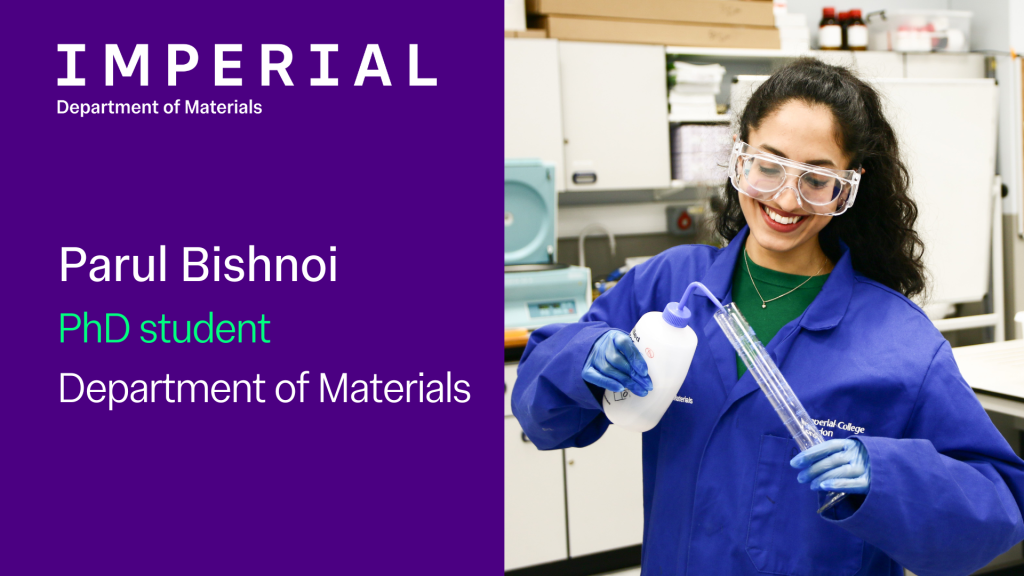
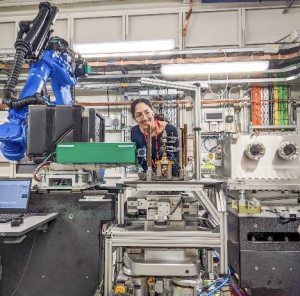
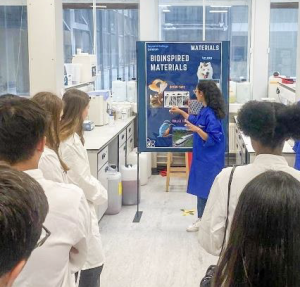 I’m part of two research groups. My main supervisor is Dr Stella Pedrazzini and my secondary supervisor is Professor Mary Ryan. My project is supervised by two successful women and I’m fortunate to work in a diverse and inclusive environment. Recently, some of our research group members, including myself, attended the TMS Conference in Florida.
I’m part of two research groups. My main supervisor is Dr Stella Pedrazzini and my secondary supervisor is Professor Mary Ryan. My project is supervised by two successful women and I’m fortunate to work in a diverse and inclusive environment. Recently, some of our research group members, including myself, attended the TMS Conference in Florida.